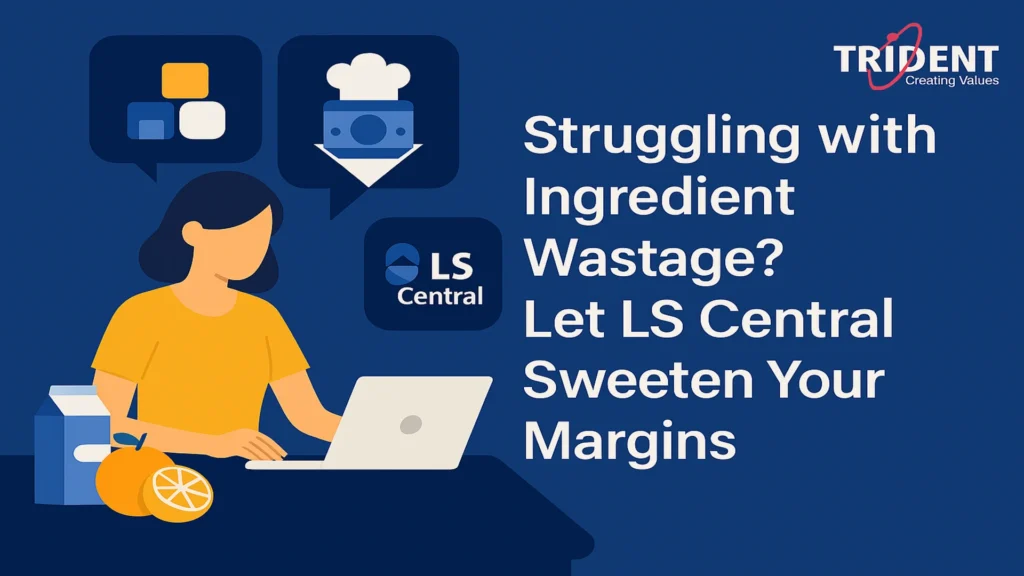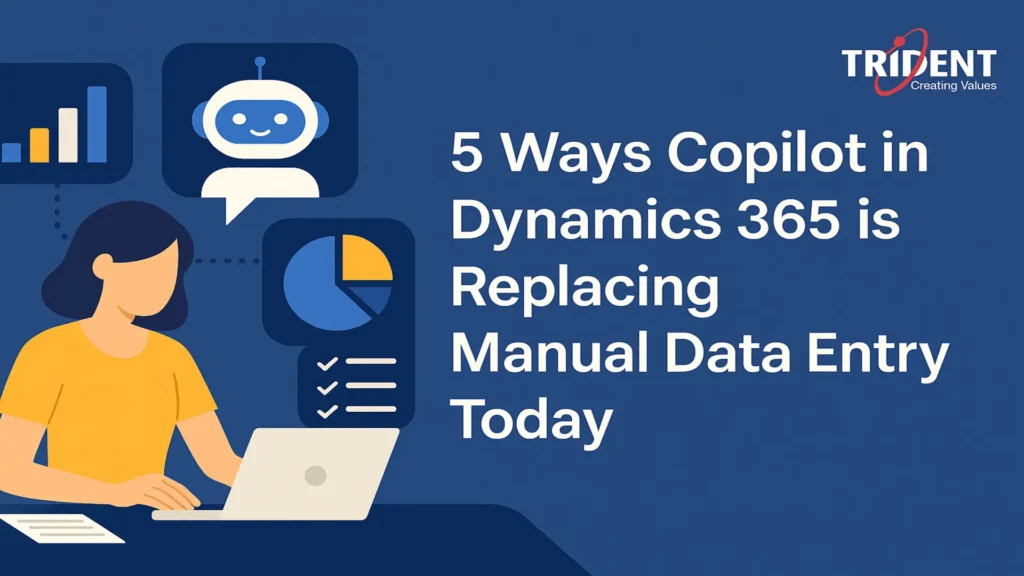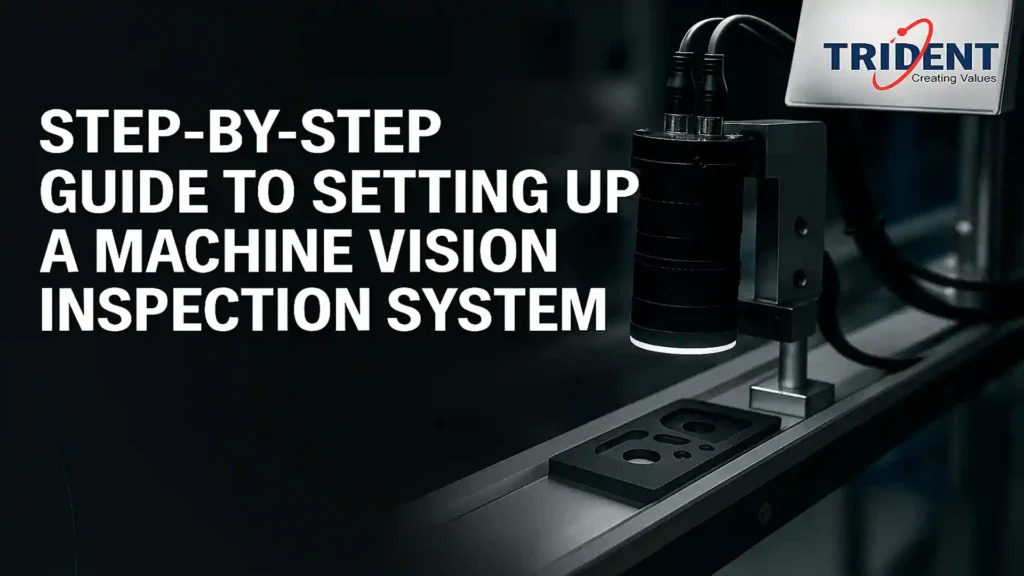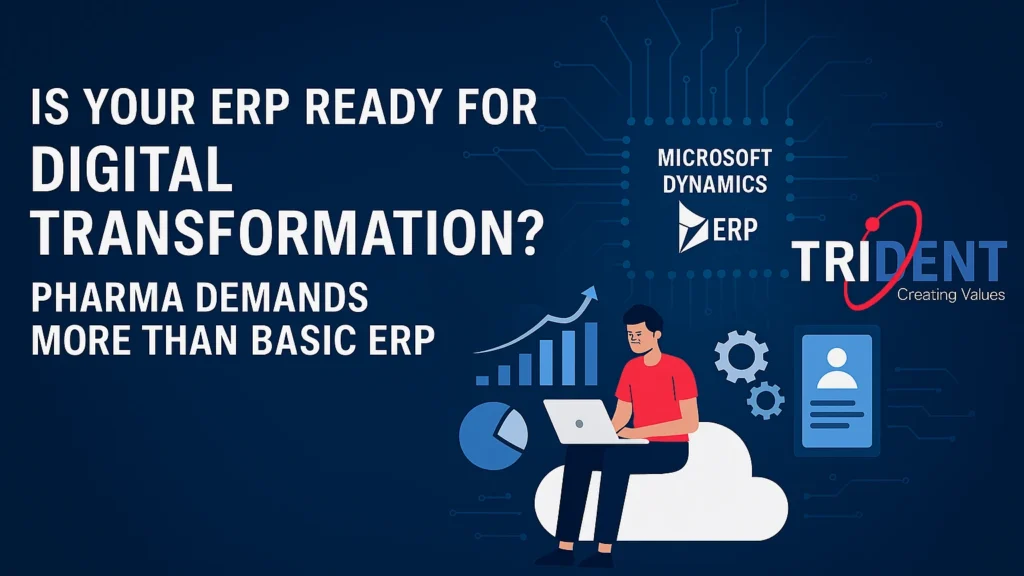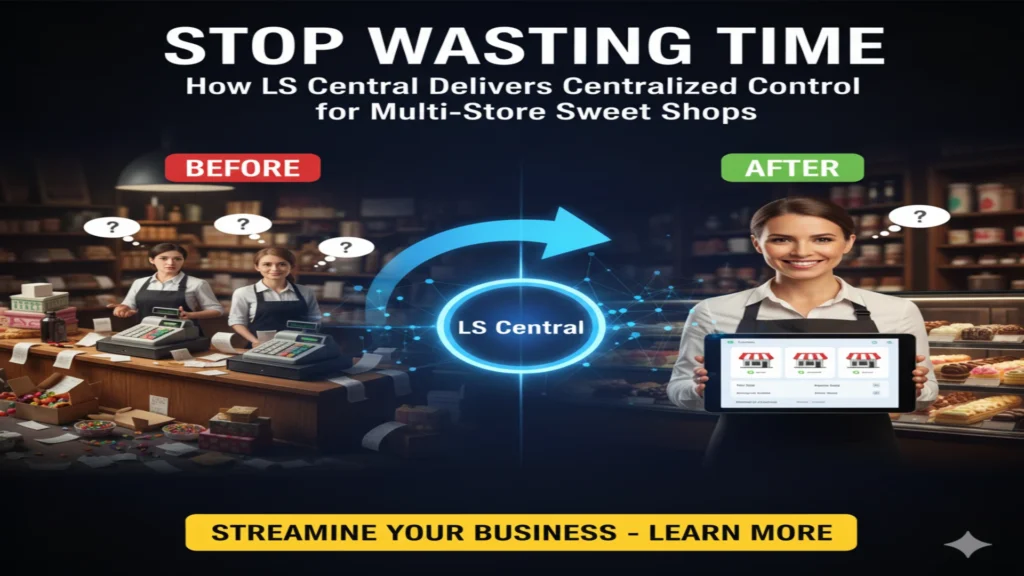The “Zero-Defect” Factory: Replacing Manual Inspection with Visual Intelligence Systems (VIS)
Introduction to the Zero-Defect Manufacturing Era Achieving zero defects is no longer a distant manufacturing dream—it’s becoming a competitive necessity. As customer expectations rise and product complexities grow, businesses must eliminate errors from every stage of production. The zero-defect era focuses on precision, consistency, and intelligent automation to ensure flawless output. With technologies like Visual Intelligence Systems (VIS), factories are finally equipped to make this vision a reality. Why Zero-Defect Matters Today In today’s hyper-competitive world, customers expect flawless products every single time. Whether it’s a smartphone, a packaged drink, or a car part, even one tiny defect can lead to serious safety risks or brand damage. That’s why the concept of “zero-defect” manufacturing has moved from being an ideal to a necessity. Companies now realize that defects aren’t just mistakes—they are costly failures in the production ecosystem. With rising market demands and shrinking product life cycles, businesses cannot afford inefficiencies. Zero-defect manufacturing offers a path to maintaining quality while boosting customer trust and operational performance. It’s no longer just about avoiding errors—it’s about building a reputation for excellence. The Rise of Automation and Intelligent Quality Control Automation has been transforming factories for decades, but the real revolution came with the arrival of intelligent quality control systems. Machines equipped with AI can now analyze images, detect deviations, and make decisions that were once only possible for trained inspectors. This shift has dramatically increased precision, speed, and scalability. As factories adopt smart systems, manual inspection—which is slow and error-prone—is rapidly becoming outdated. Visual Intelligence Systems (VIS) represent the next evolutionary step, enabling factories to achieve near-zero human error and progress toward zero-defect manufacturing. Understanding Visual Intelligence Systems (VIS) What Is a VIS? A Visual Intelligence System is an advanced AI-driven inspection platform that uses cameras, sensors, and machine learning models to detect defects automatically. Unlike traditional inspection setups, VIS doesn’t just capture images—it interprets them. It can identify defects, classify them, and even suggest corrective actions. VIS acts like a highly trained inspector working at superhuman speed, operating 24/7 without fatigue. It helps factories capture inconsistencies that would otherwise go unnoticed, ensuring that every product meets quality standards consistently. How VIS Differs from Traditional Inspection Traditional inspection mostly relies on the human eye, which is inherently limited. Inspectors may miss defects due to fatigue, workload, or subjectivity. Manual inspection also slows production because it requires stopping or slowing the line. VIS, on the other hand, performs inspections in real time without interruption. It uses high-speed imaging and powerful algorithms to detect micro-defects, ensuring greater accuracy than human eyes. It also provides digital records of every inspection, enabling traceability and long-term quality improvement. Core Technologies Behind VIS The power of VIS comes from the technologies that fuel it. High-resolution cameras capture detailed images of products moving along the line. Deep learning models analyze these images, detect anomalies, and classify defects based on severity. Machine vision software processes visual data, while IoT sensors provide additional context such as temperature or pressure. Together, these technologies turn raw visual data into actionable insights. This seamless combination enables real-time decision-making and allows factories to maintain high-quality output across large volumes. Challenges of Manual Quality Inspection Human Limitations and Inconsistencies Even the best-trained inspectors are prone to fatigue, distraction, and subjective judgement. Over time, inspection accuracy drops, especially during long shifts or high-pressure periods. This inconsistency can lead to missed defects, unnecessary rejections, or incorrect assessments. Humans also struggle to detect micro-level defects that are invisible to the naked eye. This creates quality risks—especially in industries like electronics or pharmaceuticals where precision is non-negotiable. High Cost and Slow Throughput Manual inspection requires manpower, frequent training, and repeated verification. This makes it costly over time. It also slows production because human inspectors cannot match the speed of automated systems. As a result, factories face bottlenecks, delayed deliveries, and reduced productivity. In a high-volume manufacturing environment, every second counts. Slow inspection means slower output, increased inventory cost, and lower competitiveness. Difficulties in Detecting Micro-Defects Micro-defects are often too tiny for human eyes to catch consistently. These defects may seem small but can become major issues later—causing failures, recalls, or customer dissatisfaction. Manual inspectors simply cannot match the precision of AI-driven systems in identifying microscopic inconsistencies. VIS addresses this gap by catching defects at the earliest stage, preventing faulty products from progressing further down the line. How VIS Transforms the Inspection Process High-Speed Camera Systems VIS uses advanced cameras capable of capturing thousands of frames per second. These cameras provide clear, ultra-high-resolution images even when products move quickly on the conveyor. This allows continuous inspection without slowing production. The system can monitor different angles, dimensions, and product surfaces simultaneously. This ensures no detail is missed and provides a complete view of product quality. AI-Powered Defect Detection Models Once images are captured, AI models take over. These models have been trained on thousands of defect samples, enabling them to recognize even the slightest irregularities. They can differentiate between acceptable variations and actual defects with exceptional accuracy. The models continuously learn and improve, meaning the system becomes more intelligent over time. With every batch, VIS gets better at identifying defects and reducing false positives. Automated Classification and Reporting VIS doesn’t just detect defects—it classifies them. Whether it’s a scratch, misalignment, discoloration, or structural anomaly, VIS categorizes the issue and provides instant feedback. It also generates detailed reports for supervisors and engineers. These reports help decision-makers identify trends and root causes, enabling continuous quality improvement across the factory. The result is faster problem-solving and smarter process optimization. Benefits of Implementing VIS in Modern Factories Improved Accuracy and Consistency VIS eliminates the inconsistencies associated with human inspection. It delivers precise, repeatable results and ensures that every product undergoes the same level of scrutiny. This leads to higher accuracy, reduced error rates, and far better product quality. Consistency is key in industries where quality cannot be compromised. VIS guarantees unmatched uniformity in inspection standards. Real-Time Insights for Better Decision-Making Another major advantage of VIS


